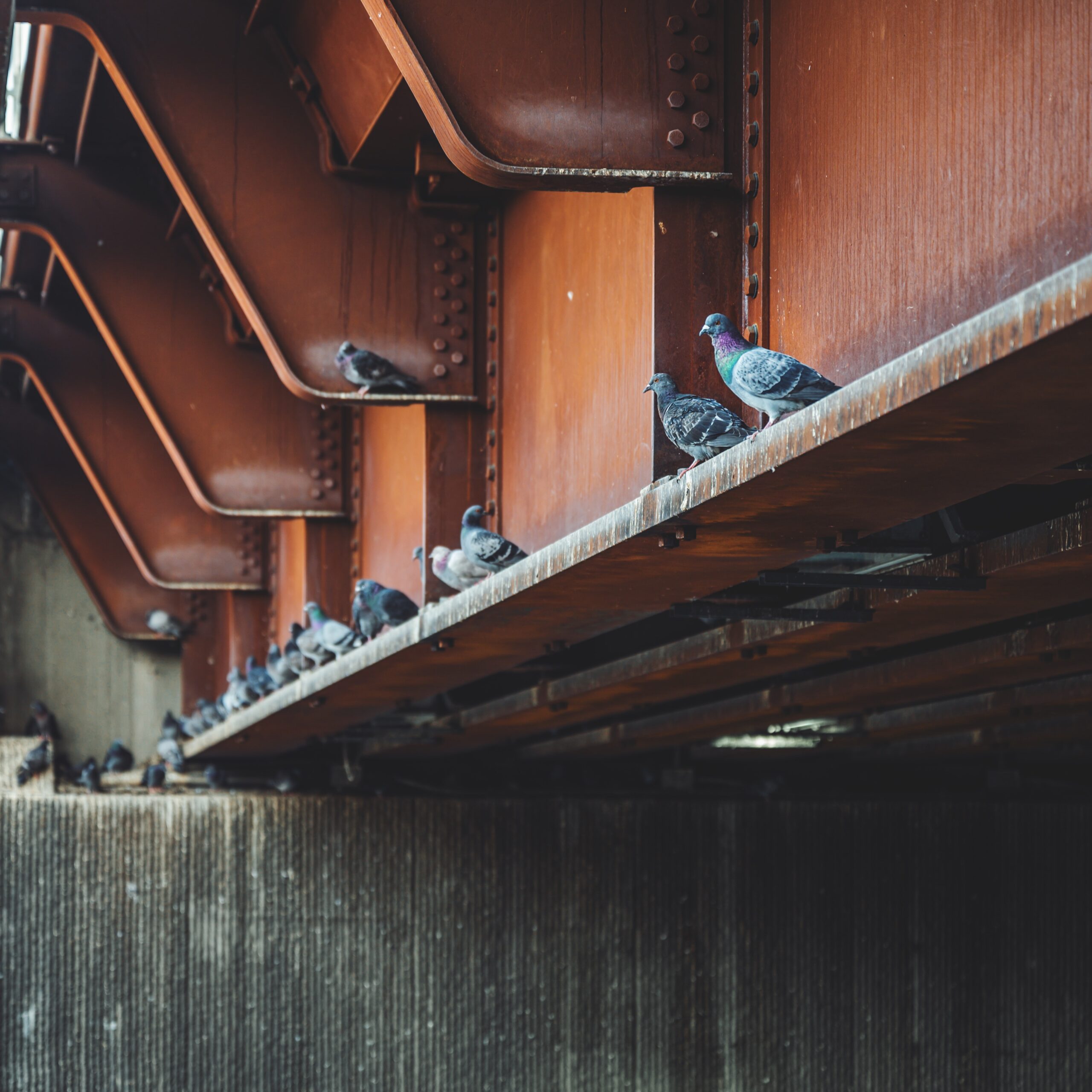We typically follow a humane approach to remove birds and prevent them from returning. Here are some common steps that we usually take:
- Inspection: The we will conduct a thorough inspection of the property to identify the type and extent of the bird infestation. We will look for nesting sites, food sources, and areas where birds are roosting.
- Removal: Once we have identified the problem areas, we will take steps to remove the birds humanely. This may involve using netting, traps, or other devices to capture and relocate the birds to a safe location.
- Clean-up: After the birds have been removed, we will clean up any droppings or debris left behind by the birds. This is important because bird droppings can carry diseases that are harmful to humans.
- Prevention: To prevent the birds from returning, we may take steps to make the property less attractive to birds. This might include installing bird spikes, netting, or other devices to make it more difficult for birds to roost or nest on the property.
- Education: Finally, we may provide education to the property owner on how to prevent future bird infestations. This may include tips on how to keep the property clean, how to seal up entry points, and how to properly dispose of food waste.
It is important to note that we are required to follow humane and ethical practices when dealing with wildlife, including birds. This means that we will take steps to avoid harming the birds and will prioritize their safety and well-being throughout the removal process.
Some birds that are considered pests in Trinidad and Tobago include:
- Pigeons: These birds can cause damage to buildings with their droppings and are known to carry diseases.
- Sparrows: Sparrows can damage crops, fruit trees, and gardens, and they can also carry diseases that can be transmitted to humans.
- Starlings: These birds can cause damage to buildings and crops, and they are known to displace native bird species.
- Seagulls: Seagulls can cause damage to property and buildings, and they are known to steal food from people.
To prevent these birds from entering your property or building, you can take the following measures:
- Install bird netting: This can be used to cover areas where birds might enter, such as roofs, balconies, and windows.
- Use bird spikes: These can be installed on ledges, roofs, and other surfaces where birds might perch.
- Keep your property clean: Clean up any food or water sources that might attract birds, such as pet food or standing water.
- Use bird repellent: There are many types of bird repellent available, such as sonic repellent devices and visual repellent devices.
